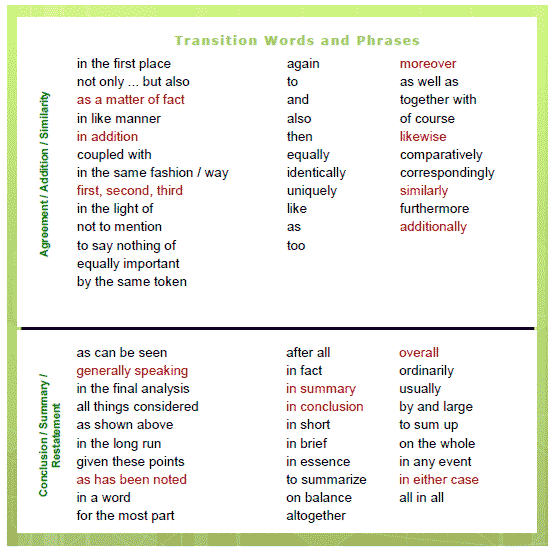The issue of bullying in schools has exploded over the last ten years or so, and there are many opinions on this topic. Some people believe that the problem is being blown out of proportion, while others believe that more needs to be done to address bullying.
Schools are ground zero for bullying and conflicts, which is totally understandable in my opinion. I mean – these teenagers are shoved into a building with hundreds of other people they have to see for hours on end, five days a week…so of course there are going to be issues.
Our job is to help these teenagers maneuvre their way through the tears, conflicts and bullying in the best way possible.. but how do we do that? And that, ladies and gentlemen, is the million dollar question. If anybody has a 100% fail proof method on this, you give me a call.
You know that feeling when time stands still? I constantly feel that when there is a conflict between students. I see two Grade 9 kids wrestling in the corridor or I see someone sitting in the hallway crying, and I just want to press “pause” so I can try and figure out what it is I should do. I have been following the “fake it till you make it” method (patent pending). It doesn’t matter that there are a bajillion questions racing through your head (What? That is a legit number) – you fake that confidence teachers!
Let’s practice – you see three students laughing at another student in class. Fake your “I – know – what – I – am – doing” face, and run through the following questions in your head..
- Is this bullying, a conflict or teasing?
- What should I say? Should I say it now, or should I hold them back after class?
- Who is it exactly that I should talk to? He looks sad… maybe him… She looks guilty.. maybe her
- Should I discipline everyone? one? two? How do I discipline them? Will a good “talking to” be best for this kid, or should I go the route of, “Come on – you are better than this.”
- And most importantly: When can I go home and have a glass of wine? (Where, let’s be honest, I will be wondering whether or not I handled the conflict/bullying/teasing in the right way that day.)
However, one thing I am fairly certain of is that students need to be given the tools to deal with this issue, and be made to feel like they are in a safe environment where they can express themselves and talk about their experiences.
Again let me reiterate – I am NO expert – I second guess myself all the time, but I have done this assignment a few times with students and it was received fairly well.
I do this as a formative activity or during student choice with the students. It usually takes a couple of lessons. It isn’t something I grade, because the goal with this is for them to have a chance to discuss and reflect on bullying, and to take some form of action.
Students choose one of the following activities.
-
Pinterest board of bullying quotes, friendship quotes, facts and pictures (if you are a regular, you know how much I love Pinterest)
-
An anti bullying poster
-
Letter to someone they bullied, or to someone who bullied them
Here is the outline to give them
I usually watch some sort of bullying video before to get a discussion going. Here are two examples to show:
- This is a good video to start with, because you talk about whether or not this is the right way to deal with bullying. What would have happened before this to lead to the bullied boy finally losing his patience? How would you feel if you were in the same situation? Is it right to video tape something like this? What should the other students have done?
2. This one highlights the importance of the bystander. You can use the questions in the video as starters, or discuss what the bystander effect is and why we as humans are afraid of helping others when we see someone in need.
Like I said — bullying is such a huge issue in education today, I don’t know what the right answer is. We are not psychologists, and there isn’t a formula for how to solve this, so mistakes will be made. We do the best we can do with the tools we have been given. One of those tools is listening to what the students have to say. The more we listen, the more we can try to maneuvre our way through this.
Good luck!


















Recent Comments